Vitamin B12, an essential nutrient, has numerous functions within the human body.
Also known as cobalamin, vitamin B12 plays an important role in DNA synthesis and energy production (1). According to the FDA’s guidelines, based on a 2000-calorie diet, the recommended daily value (% DV) for vitamin B12 is 2.4 mcg per day (2).
While most animal-based foods contain vitamin B12, plant-based foods do not naturally contain the vitamin unless they have been fortified.
This article presents a list of 30 foods high in vitamin B12, arranged in descending order based on their B12 content.
For each food, values are provided per serving and per 100 grams. All data is sourced from the USDA FoodData Central database.
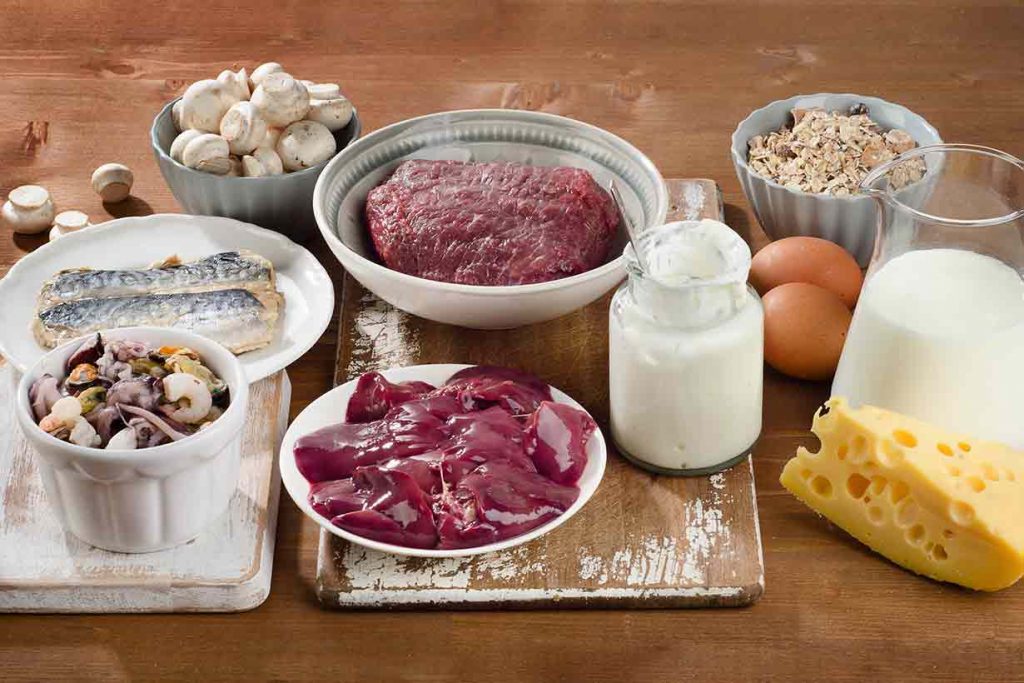
1) Clams, mixed species, cooked
Clams are one of the most nutritious shellfish options, and they are full of vitamin B12.
A three-ounce (85-gram) serving provides a substantial 84.1 mcg, accounting for 3504% of the daily value (3).
| Vitamin B12 per 100 grams | Vitamin B12 per 3oz (85g) serving |
|---|---|
| 98.9 mcg (4120% DV) | 84.1 mcg (3504% DV) |
2) Liver, lamb, cooked
Liver is exceptionally nutrient-rich, providing a significant amount of vitamin B12, along with other B vitamins like biotin, niacin, riboflavin, and vitamin B6.
A three-ounce serving of lamb liver contains 65 mcg of the vitamin, equivalent to 2708% of the daily value (4).
| Vitamin B12 per 100 grams | Vitamin B12 per 3oz (85g) serving |
|---|---|
| 76.5 mcg (3188% DV) | 65 mg (2708% DV) |
3) Octopus, cooked
Although not one of the most common foods, octopus is one of the highest in B12.
A three-ounce (85g) serving supplies 30.6 mcg, which is 1275% of the daily value (5).
| Vitamin B12 per 100 grams | Vitamin B12 per 3oz (85g) serving |
|---|---|
| 36 mcg (1500% DV) | 30.6 mcg (1275% DV) |
4) Oysters, Pacific, cooked
Again, oysters are another shellfish rich in vitamin B12, providing 1021% of the daily value in a three-ounce serving (6)
| Vitamin B12 per 100 grams | Vitamin B12 per 3oz (85g) serving |
|---|---|
| 28.8 mcg (1200% DV) | 24.5 mcg (1021% DV) |
5) Mussels, blue, cooked
Blue mussels offer 850% of the daily value for B12 per three-ounce serving (7).
| Vitamin B12 per 100 grams | Vitamin B12 per 3oz (85g) serving |
|---|---|
| 24 mcg (1000% DV) | 20.4 mcg (850% DV) |
6) Herring, Atlantic, cooked
Atlantic herring is an excellent source of B12, with a 143-gram fillet offering 779% of the daily value (8).
| Vitamin B12 per 100 grams | Vitamin B12 per 143-gram fillet |
|---|---|
| 13.1 mcg (546% DV) | 18.7 mcg (779% DV) |
7) Liverwurst
As a liver-based product, liverwurst, also known as liver sausage, boasts significant B12 content.
A three-ounce (85g) serving provides 16.9 mcg, accounting for 705% of the daily value (9).
| Vitamin B12 per 100 grams | Vitamin B12 per 3oz (85g) serving |
|---|---|
| 20.1 mcg (838% DV) | 16.9 mcg (704% DV) |
8) Mackerel, Atlantic, cooked
Like herring, mackerel is another oily fish that offers good levels of B12.
Each 88-gram fillet provides 696% of the vitamin’s daily value (10).
| Vitamin B12 per 100 grams | Vitamin B12 per 88-gram fillet |
|---|---|
| 19 mcg (792% DV) | 16.7 mcg (696% DV) |
9) Whelk, cooked
Whelk is a type of sea snail that belongs to the wider category of mollusk shellfish.
Per three-ounce (85-gram) serving, they offer 642% of the daily value for vitamin B12 (11).
| Vitamin B12 per 100 grams | Vitamin B12 per 3oz (85g) serving |
|---|---|
| 18.1 mcg (754% DV) | 15.4 mcg (642% DV) |
10) King Crab, cooked
King crab is another shellfish with a substantial vitamin B12 content. A 134-gram leg serving provides 642% of the daily value (12).
| Vitamin B12 per 100 grams | Vitamin B12 per 134g leg |
|---|---|
| 11.5 mcg (479% DV) | 15.4 mcg (642% DV) |
11) Monster Energy drink, sugar-free (B12-fortified)
In addition to animal-based foods, fortified foods may also contain vitamin B12.
One such fortified product with notably high B12 content is Monster Energy drink, sugar-free. This beverage supplies 500% of the daily value per can (13).
| Vitamin B12 per 100 grams | Vitamin B12 per 480g can |
|---|---|
| 2.5 mcg (104% DV) | 12 mcg (500% DV) |
12) Tuna, bluefin, cooked
While all tuna provides a good amount of vitamin B12, bluefin provides the highest.
A three-ounce (85-gram) serving has 386% of the daily value (14).
| Vitamin B12 per 100 grams | Vitamin B12 per 3oz (85g) |
|---|---|
| 10.9 mcg (454% DV) | 9.26 mcg (386% DV) |
13) Salmon, sockeye, cooked
Though not as easy to find as farmed salmon, sockeye is an excellent source of vitamin B12. A half-fillet serving delivers 6.93 mcg, which is equal to 289% of the daily value (15).
| Vitamin B12 per 100 grams | Vitamin B12 per 155g 1/2 fillet |
|---|---|
| 4.47 mcg (186% DV) | 6.93 mcg (289% DV) |
14) Sardines, canned
Canned sardines are more affordable than a lot of oily fish options but also highly nutritious, offering 279% of the daily value for vitamin B12 in just a 75-gram can (16).
| Vitamin B12 per 100 grams | Vitamin B12 per 75g can |
|---|---|
| 8.94 mcg (373% DV) | 6.7 mcg (279% DV) |
15) Conch, baked
Conch, a type of sea snail classed as a gastropod mollusk, is a rich source of nutrients, including vitamin B12. It offers 278% of the vitamin’s daily value per 127-gram cup (17).
| Vitamin B12 per 100 grams | Vitamin B12 per 127g cup |
|---|---|
| 5.25 mcg (219% DV) | 6.67 mcg (278% DV) |
16) Pork kidney, cooked
Pork kidney provides 6.62 mcg of vitamin B12 per three-ounce (85-gram) serving, equivalent to 276% of the daily value (18).
| Vitamin B12 per 100 grams | Vitamin B12 per 3oz (85g) serving |
|---|---|
| 7.79 mcg (325% DV) | 6.62 mcg (276% DV) |
17) Salmon, Atlantic, farmed, cooked
As discussed earlier, all varieties of salmon are a good source of vitamin B12.
While not quite as abundant in the vitamin as sockeye, farmed Atlantic salmon still offers significant amounts. A 178-gram half fillet provides over 200% of the daily value (19).
| Vitamin B12 per 100 grams | Vitamin B12 per 178g half-fillet |
|---|---|
| 2.8 mcg (117% DV) | 4.98 mcg (208% DV) |
18) Trout, mixed species, cooked
Cooked trout contains 4.64 mcg of vitamin B12 per 62-gram fillet, contributing 193% of the daily value (20).
| Vitamin B12 per 100 grams | Vitamin B12 per 62g fillet |
|---|---|
| 7.49 mcg (312% DV) | 4.64 mcg (193% DV) |
19) Eel, cooked
Eel is another seafood option that provides a good amount of B12. Each 159-gram fillet offers 192% of the daily value (21).
| Vitamin B12 per 100 grams | Vitamin B12 per 159g fillet |
|---|---|
| 2.89 mcg (120% DV) | 4.6 mcg (192% DV) |
20) Cuttlefish, cooked
Per three-ounce (85-gram) serving, cuttlefish provides 4.59 mcg of vitamin B12, which accounts for 191% of the daily value (22).
| Vitamin B12 per 100 grams | Vitamin B12 per 3oz (85g) serving |
|---|---|
| 5.4 mcg (225% DV) | 4.59 mcg (191% DV) |
21) Catfish, cooked
A 135-gram fillet of catfish offers 4.44 mcg of vitamin B12, equal to 185% of the daily value (23).
| Vitamin B12 per 100 grams | Vitamin B12 per 135g fillet |
|---|---|
| 3.29 mcg (137% DV) | 4.44 mcg (185% DV) |
22) Haddock, cooked
Haddock provides 3.2 mcg of vitamin B12 per 150-gram fillet, equivalent to 133% of the daily value (24).
| Vitamin B12 per 100 grams | Vitamin B12 per 150g fillet |
|---|---|
| 2.13 mcg (89% DV) | 3.2 mcg (133% DV) |
23) Cod, cooked
With 3.16 mcg of vitamin B12 per fillet, cod has a similar vitamin B12 provision to haddock. A 140-gram fillet supplies 132% of the daily value (25).
| Vitamin B12 per 100 grams | Vitamin B12 per 140g fillet |
|---|---|
| 2.26 mcg (94% DV) | 3.16 mcg (132% DV) |
24) Beef, flank steak, cooked
Flank steak is one of the best vitamin B12 sources among cuts of beef. A three-ounce serving provides 121% of the daily value (26).
| Vitamin B12 per 100 grams | Vitamin B12 per 3oz (85g) serving |
|---|---|
| 3.41 mcg (142% DV) | 2.9 mcg (121% DV) |
25) Beef, ground, patty
An 85-gram medium-sized beef patty provides 2.34 mcg of vitamin B12, offering 98% of the daily value (27).
| Vitamin B12 per 100 grams | Vitamin B12 per 3oz (85g) serving |
|---|---|
| 2.75 mcg (115% DV) | 2.34 mcg (98% DV) |
26) Lamb, shoulder, separable lean and fat, cooked
Lamb shoulder supplies 95% of the daily value for vitamin B12 per three-ounce serving (28).
| Vitamin B12 per 100 grams | Vitamin B12 per 3oz (85g) serving |
|---|---|
| 2.67 mcg (111% DV) | 2.27 mcg (95% DV) |
27) Skim milk
A cup of skim milk provides 60% of the daily value for vitamin B12 (29).
| Vitamin B12 per 100 grams | Vitamin B12 per 246g cup |
|---|---|
| 0.58 mcg (24% DV) | 1.43 mcg (60% DV) |
28) Whole milk
With a slightly higher fat content, whole milk provides 56% of the daily value for vitamin B12 per cup (30).
| Vitamin B12 per 100 grams | Vitamin B12 per 249g cup |
|---|---|
| 0.54 mcg (23% DV) | 1.34 mcg (56% DV) |
29) Tofu, firm, Nasoya brand (B12-fortified)
Tofu can provide a good amount of vitamin B12 if it has been fortified. To see whether a particular product contains B12, be sure to carefully check the product label.
The Nasoya brand of firm tofu has been fortified with B12. It offers 51% of the daily value per three-ounce serving (31).
| Vitamin B12 per 100 grams | Vitamin B12 per oz (85g) serving |
|---|---|
| 1.43 mcg (60% DV) | 1.22 mcg (51% DV) |
30) Soy milk (B12-fortified)
Soy milk is another packaged food that is often fortified with vitamin B12. However, once again, it is important to check the product label to confirm this.
According to the USDA, B12-fortified soy milk will typically provide 38% of the daily value per 244-gram cup (32).
| Vitamin B12 per 100 grams | Vitamin B12 per 244g cup |
|---|---|
| 0.37 mcg (15% DV) | 0.903 mcg (38% DV) |
Other Foods High In Vitamin B12
As demonstrated in this article, organ meats, seafood, meat, milk, and fortified foods tend to be the primary sources of vitamin B12.
However, it is also worth noting that several other foods contain this important vitamin in smaller yet still moderately high quantities.
These foods include options like cheese and eggs.
Additionally, many plant-based milks and meat alternatives, such as vegan patties, may undergo vitamin B12 fortification.
As always, it is important to verify this by checking the product label.
Final Thoughts
Maintaining a sufficient intake of vitamin B12 is crucial for human health.
This article highlights that many foods supply substantial amounts of the vitamin.
By incorporating a mixture of these foods, we should be able to acquire an adequate amount of this vital nutrient.
For vegans, ensuring a sufficient intake of vitamin B12 from supplementation or fortified foods is vital.
Preferably, this would be from supplementation as it is the most reliable method of ensuring an adequate intake.
For more on vitamins, see this guide to every essential vitamin:


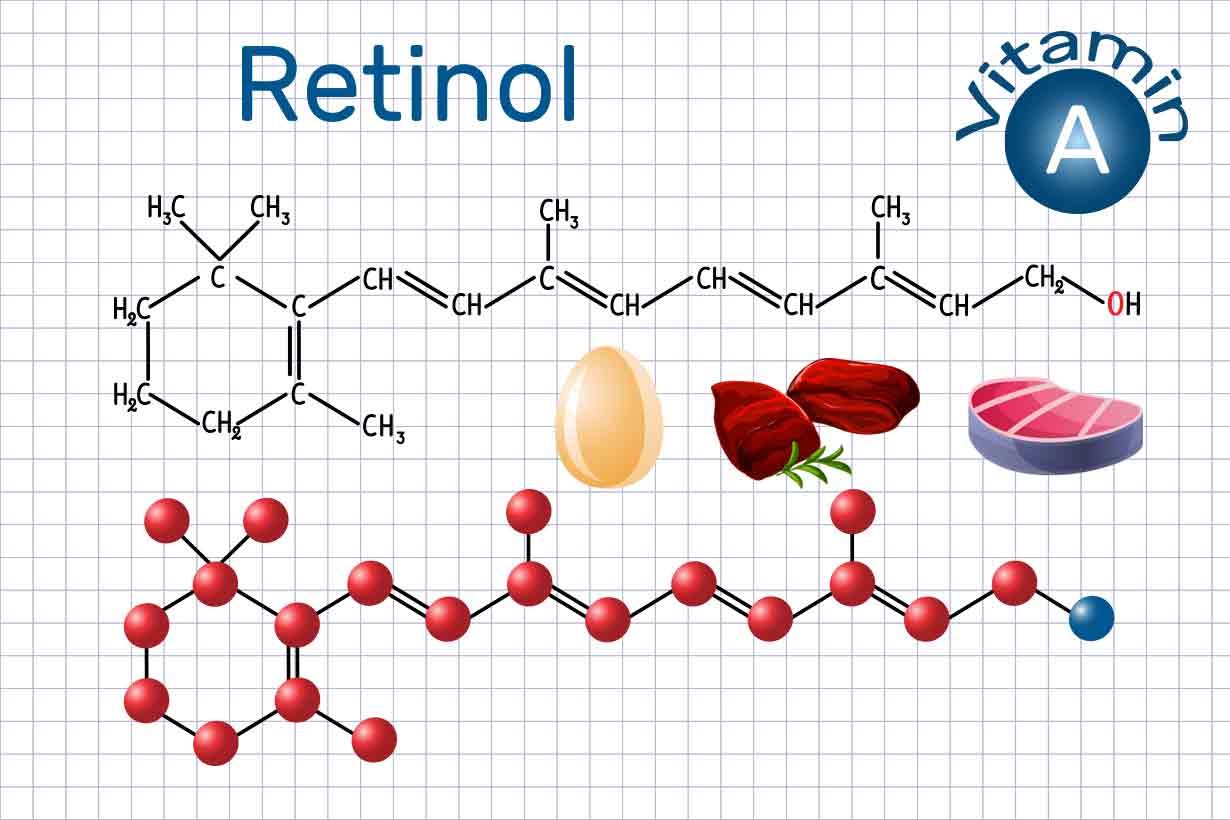
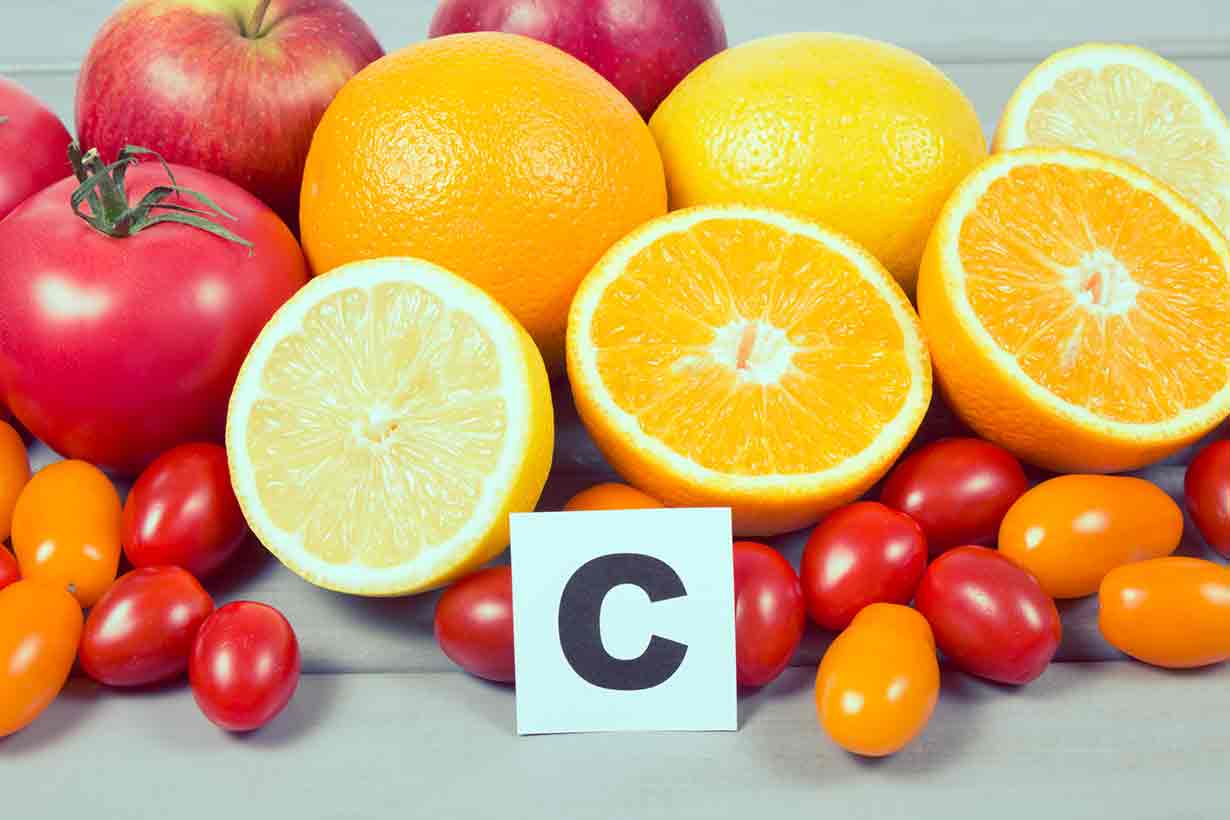
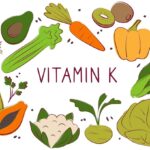
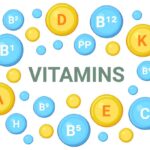
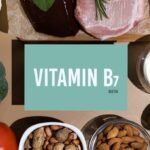
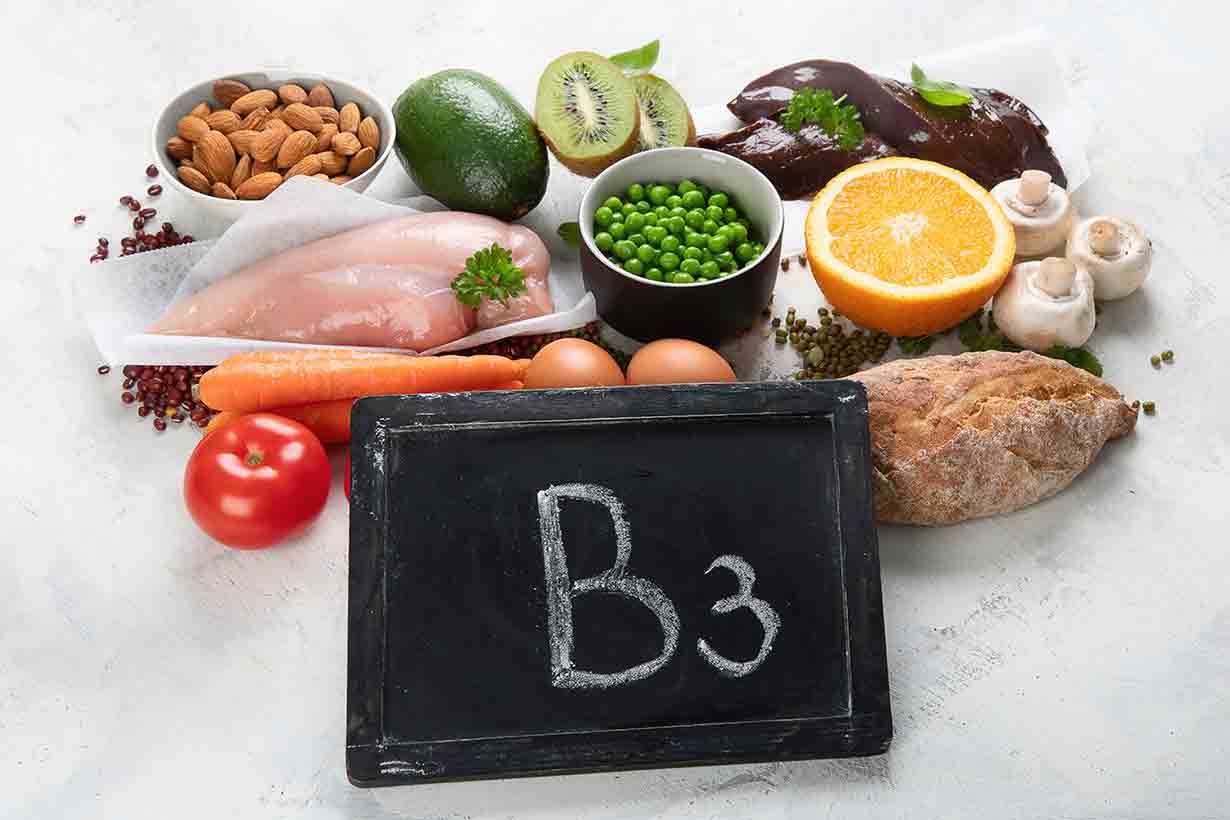
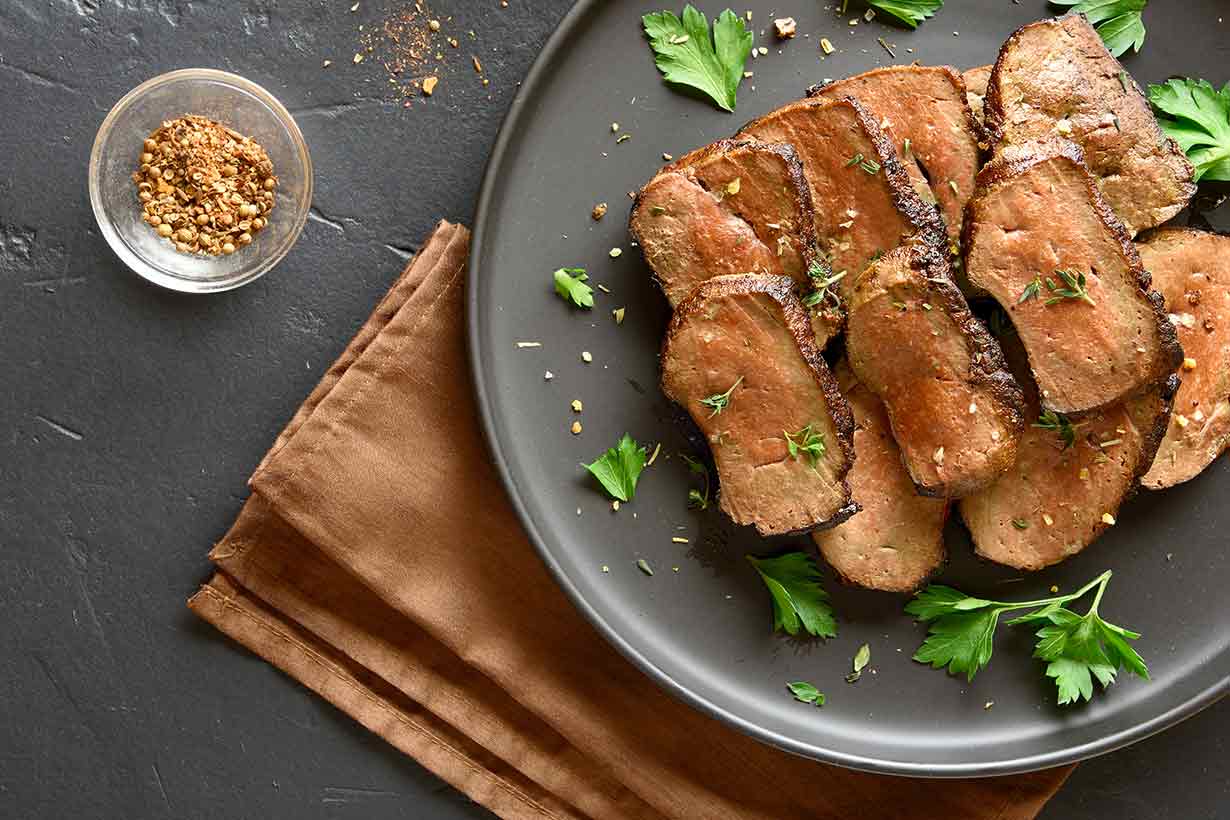
Very good info
Thanks, Mary!
What about chlorella, bladderwrack, seamoss and other seaweeds??? You didn’t mention anything plant based. Where do you think those animals get there b12 from? Where they get it is where we should be getting it.
This was about the highest and most bio-available whole food sources. As mentioned in #20, vegans can get B12 from fortified foods and supplements like chlorella as you mention.
This is really helpful as we get older we can’t digest alot of food or supplement ty
No problem, glad it helps!
Thank you for your information on Vitman B 12
Thanks for reading!